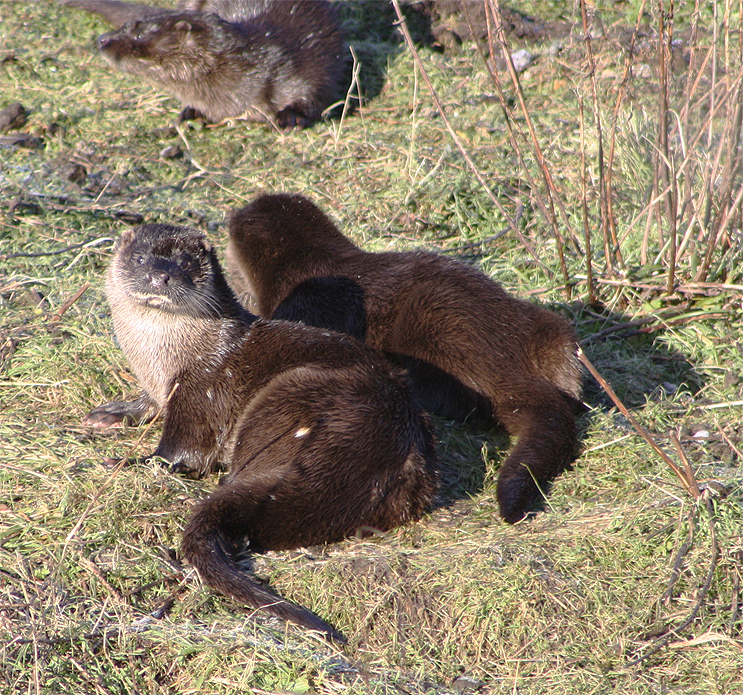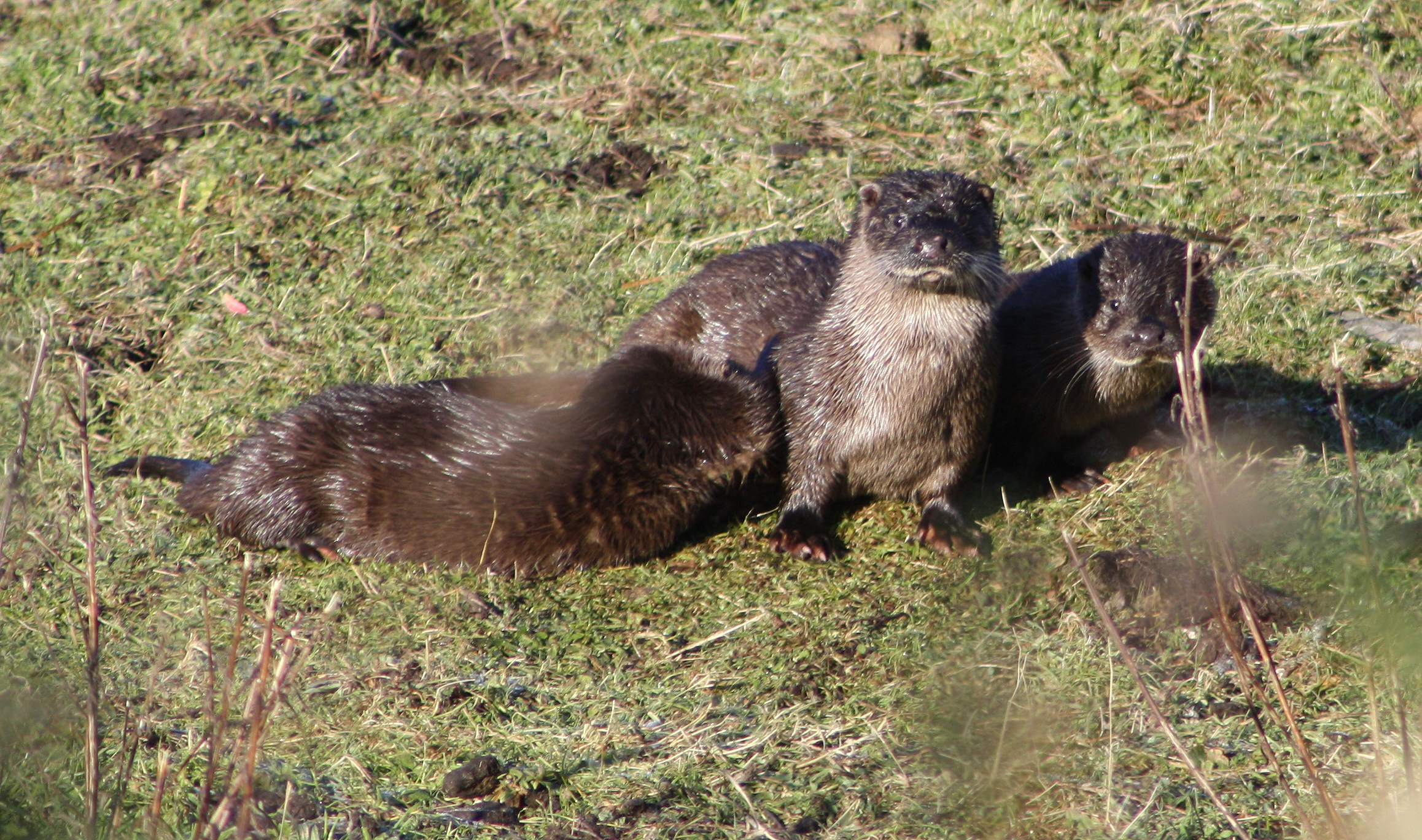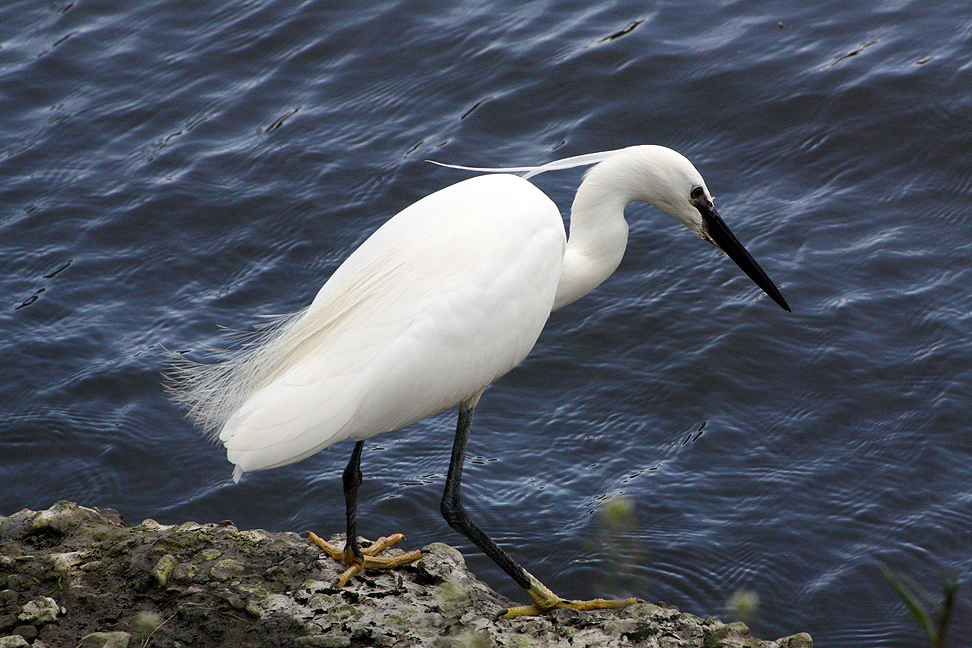I must say I haven’t got that much to say today. Over the last few days I took a few more strolls through the city and spend a couple of hours in Cobh hoping that maybe the House crow that lives there would come down from the rooftops. Alas, he didn’t even show up. Never mind because I found a load of gulls (which ain’t so common in the city this time of year). Mostly herring gulls, though I spotted some common gulls and lesser black backed gulls too. Highlight of the day turned out to be the two below.
 |
A house sparrow, surprisingly hard to find (or photograph) these days. |
 |
A young cormorant relaxing in Cobh posing nicely, I saw several others here too. |
Back in Cork the pheasant was back in the very same place as before and seems to recur here daily. I have found him and his mate here several times now. I’ve named them Terryo and Quinn!
Also, a goldcrest suddenly appeared on UCC campus and stayed for about ten seconds within a meter of me. The shots aren’t perfectly in focus but are certainly an improvement on my last pic of this species. Slightly disgruntled that I didn’t capture this tiny bird’s bright orange crest but there’s always a next time right! As a point of interest this is Ireland’s smallest bird in length....
...whilst the long tailed tit is the smallest in body mass, it just so happens that I also managed a dodgy shot of one of them!
I am now off to Valentia island and the Skelligs for a week courtesy of my mother (thanks!) so no more posts for a while. Let’s hope for loads of auk species, choughs, ravens and some of them wheatear and stonechat fellows. Fingers crossed!

















































